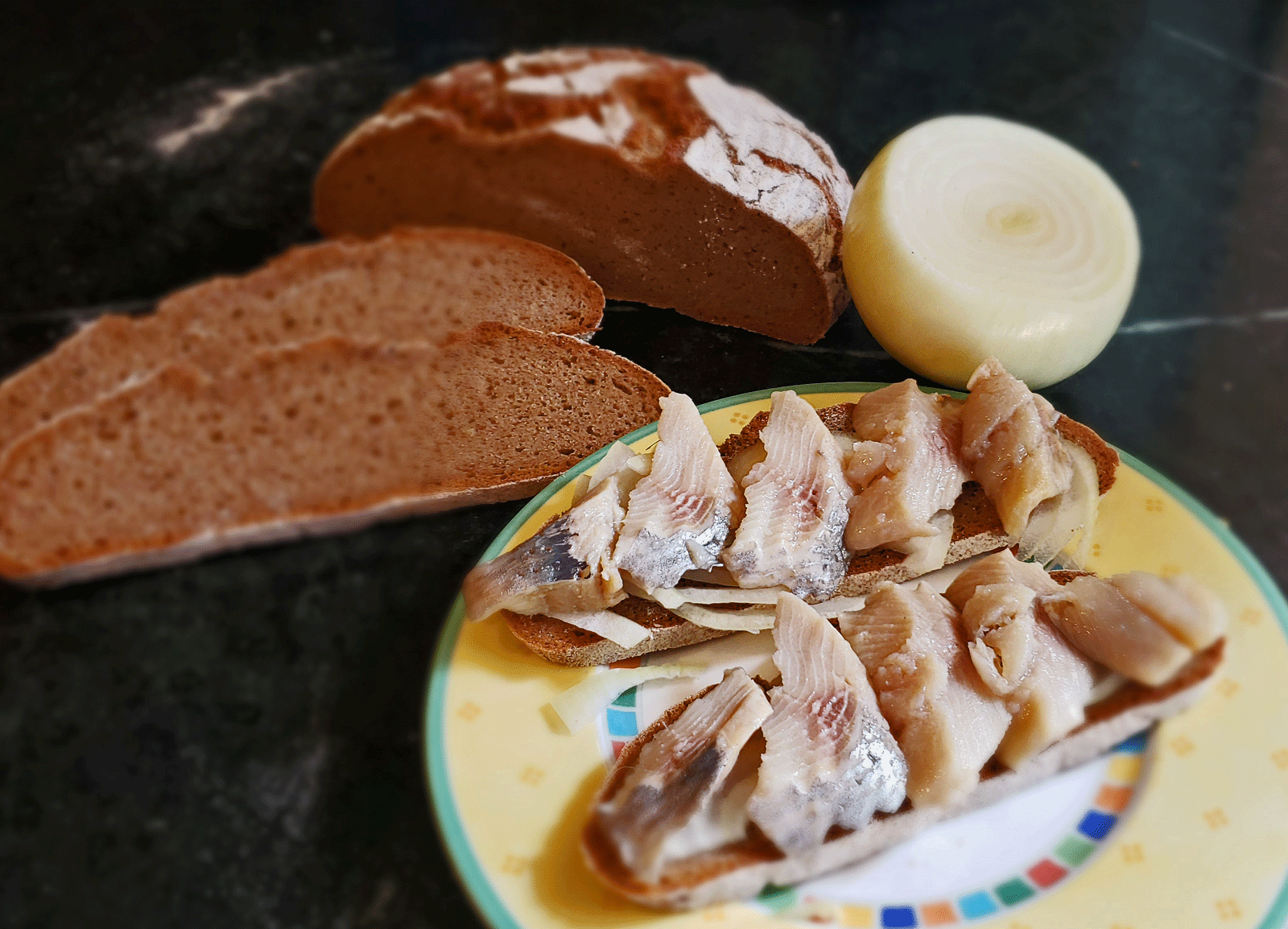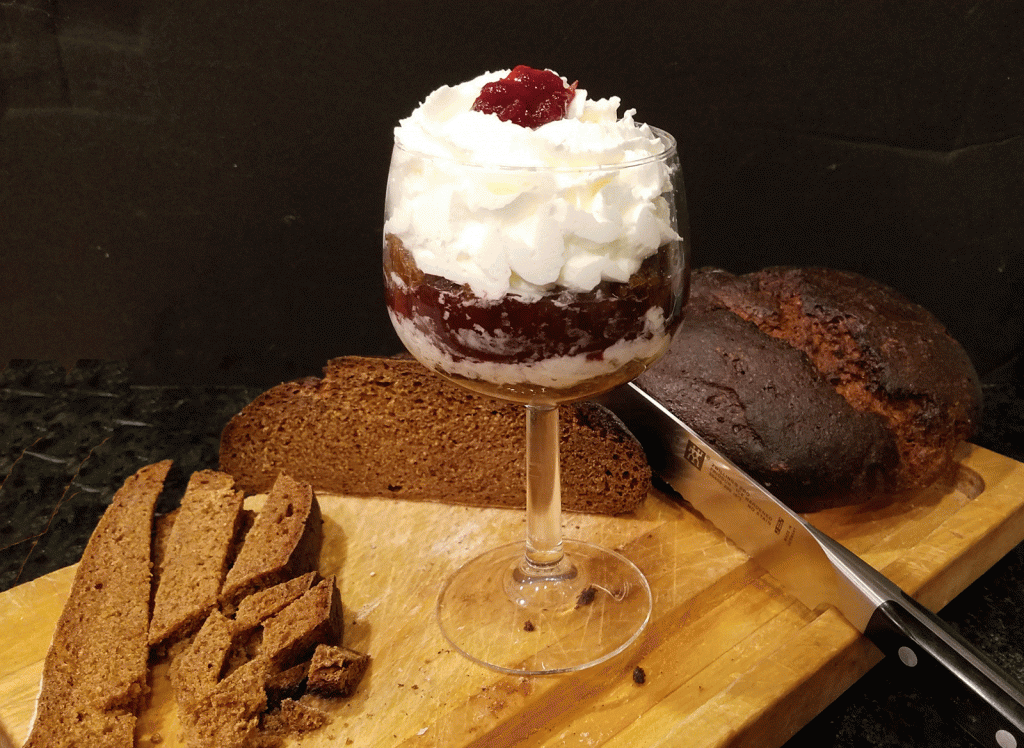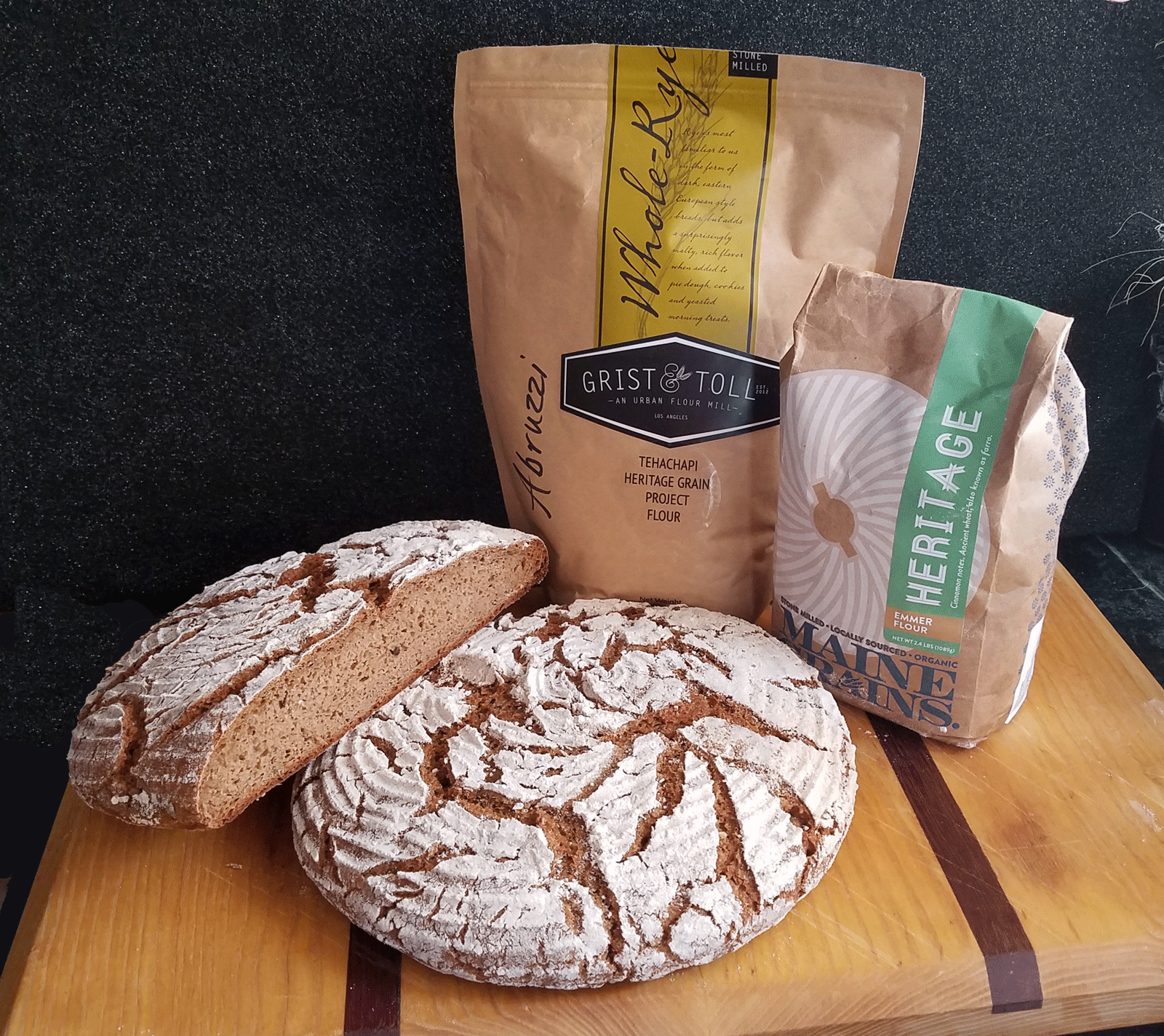Rye
Halme Bakery’s Ring Rye/Ruisreikäleipä (Finland)
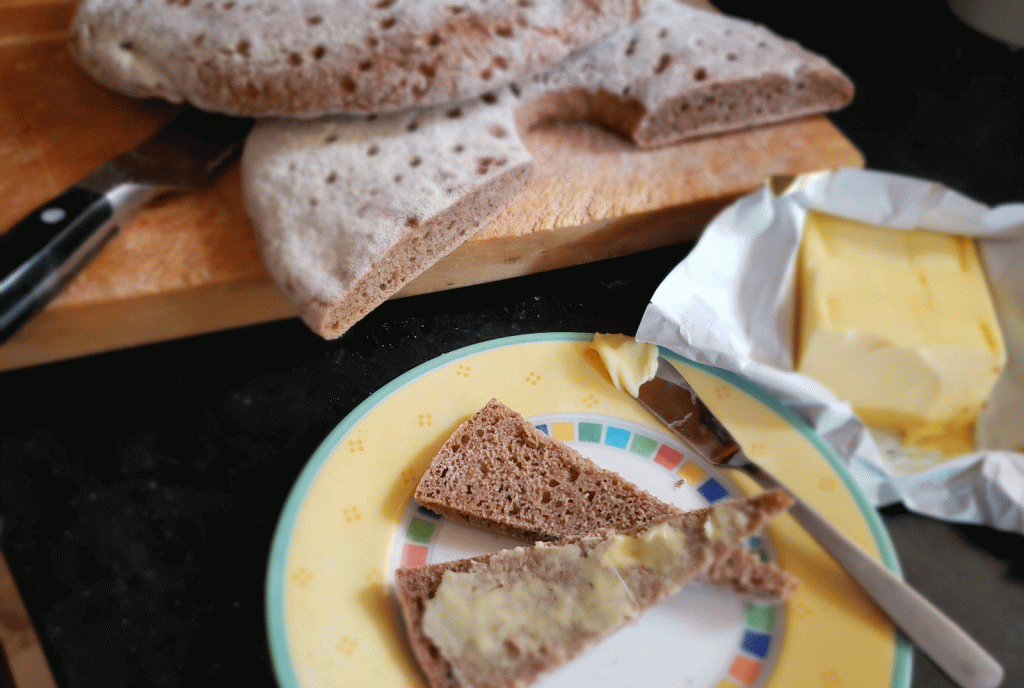
| Rye %: | 91% |
| Stages: | Sponge, Final dough |
| Leaven: | Rye sour culture, Instant yeast |
| Start to Finish: | 17-21 hours |
| Hands-on Time: | 30-40 minutes |
| Yield: | Two 1¼ lb/575 gram loaves + two 2¾ oz/50g rolls |
During the 2019 Rye Tour to Finland and Latvia, our guide in Helsinki, sourdough baker and author Eliisa Kuusela, arranged a visit – actually two (of which more in a bit) – to Leipomo Halme, a 120 year-old bakery in Espoo, about 30 minutes northwest of central Helsinki.
Finnish Malt Bread/Mallas Leipää
| Rye %: | 51% |
| Stages: | Scald, Final dough |
| Leaven: | Instant yeast |
| Start to Finish: | 4-4½ hours |
| Hands-on Time: | 30 minutes |
| Yield: | Three 1¾ lb/800 g loaves |
One of the breads I discovered on Baltic Rye Tour 2018 was this simple and lovely Finnish malt bread. I first tasted it at the Wi-Box Bakery in Raseborg, on Finland’s southwestern coast, where Swedish influence is very strong. It was an immediate hit, not just with me, but with all 18 members of our jolly band of bread nerds.
Experience Baltic Rye at its Source
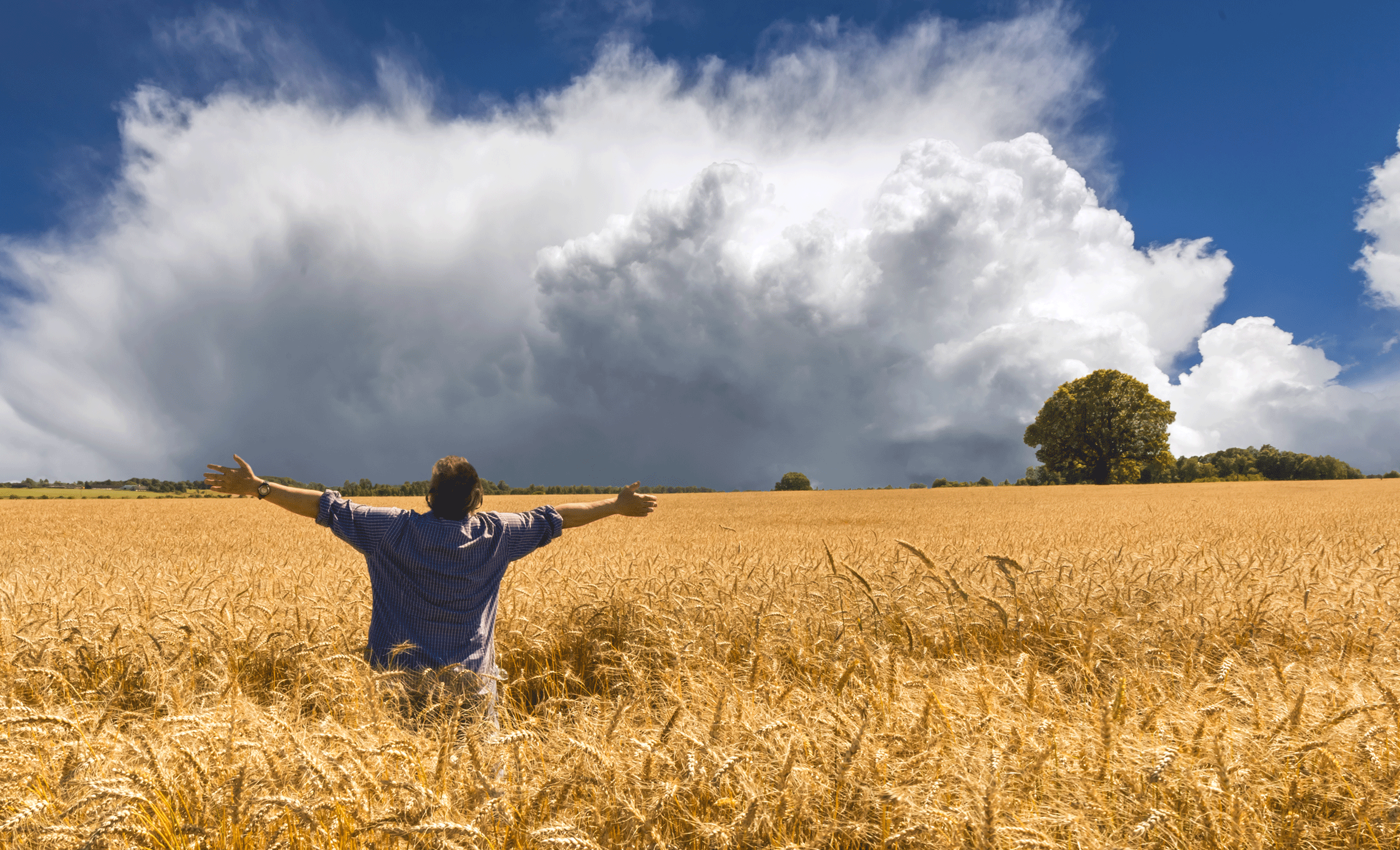
On September 25, 2018, I’ll be leading a group of up to 20 bakers and bread enthusiasts on a 12-day bakers’ tour of coastal Finland and Latvia. We’ll explore the cities and countryside, visit farms and mills, meet with national bakers’ associations. And, most important, we’ll learn from the bakers who produce some of the world’s finest rye breads. For details, visit the tour website.
Palanga Rye/Ruginė Duona iš Palangos (Lithuania)
| Rye %: | 90% |
| Stages: | Sourdough sponge, Scald, Scald-sponge (Opara), Yeast sponge, Final dough |
| Leaven: | Rye sour culture, Instant yeast |
| Start to Finish: | 24-30 hours |
| Hands-on Time: | 45-50 minutes |
| Yield: | One 3¼ lb/1.46 kg loaf |
My weakness for Baltic rye breads took over when I found this recipe in a Polish blog. Just to set the scene, Palanga is a coastal resort in western Lithuania, on the shores of the Baltic whose white sand beaches attract tourists from all over Europe, especially Poles and Germans. I suspect that this bread, which is lighter in both color and flavor that the other Baltic ryes I’ve encountered, is intended to appeal to the tastes of the town’s economically important summer visitors. Instead of the wholegrain rye flour that’s commonly used in Baltic breads, this one uses Type 1150, a much lighter blend that can be approximated by mixing 2/3 medium rye and 1/3 white rye.
Sourdough Danish Rye/Rugbrød på surdej (Denmark)
| Rye %: | 84% |
| Stages: | Stage 1 sponge, Stage 2 sponge, Final dough |
| Leaven: | Rye sour culture |
| Start to Finish: | 26-30 hours |
| Hands-on Time: | 35-45 minutes |
| Yield: | Two 2¾ lb./1.25 kg loaves |
The Danes are known for their rye breads, of which there are dozens of variations, all of which are called “Rugbrød.” Most are sweet and dense, loaded with seeds and coarse rye meal to provide both richness and a satisfyingly rustic coarse mouth feel.
Guest Post: Why Am I Marketing Baltic Rye Bread?
by John Melngailis – Partner, Black Rooster Food, LLC
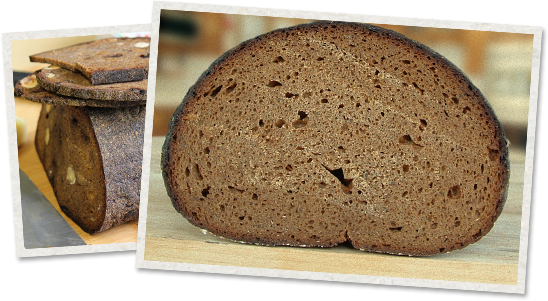
NOTE: I first met John Melngailis at Bread Furst, James Beard winner Mark Furstenburg’s Washington DC bakery. Mark had been kind enough to arrange for me to appear at the bakery to publicize The Rye Baker, and invited John, whose love of his native Latvian rye breads prompted him to found Black Rooster Food and start baking them commercially. Needless to say, John and I hit it off immediately, spending a good part of the morning talking about the marvels of Baltic rye. He was also kind enough to bring me a loaf of each of his breads — dense, sweet-sour rupjmaize, and a triangular loaf of his fruit-and-nut holiday bread, both of which were extraordinary. So when John sent me this essay on his relationship with the bread he loves, I simply had to share; it’s a fascinating read.
Rye Flour Classification: Untangling the Mess

Rye meal (bottom row, left to right): rye kernels, coarse, medium, fine
Note: This article first appeared in the Fall, 2017 issue of Bread Lines, the quarterly newsletter of the Bread Baker’s Guild of America.
When I buy a bag of wheat flour, I pretty much know what I’m getting. We’re a wheat-eating nation, and although there are no formal standards for wheat flour grading, the milling industry has reached a marketing consensus that puts everyone on the same page. So no matter who milled it, I can be confident that my bag of bread flour will contain 12-13% protein and 0.50-0.53%ash, my H&R/AP flour will come in at10.5-12% protein and 0.52-0.53% ash, my soft wheat cake flour will measure at 8.0-9.5 percent protein and 0.42-0.45% ash, and so on down the line for any other flour I might need. There are few, if any, surprises.
A Coast-to-Coast South Tyrolean (Merano) Rye/Meraner Striezl
| Rye %: | 61% |
| Stages: | 2-stage rye sponge, Wheat sponge, Soaker, Final dough |
| Leaven: | Rye sour culture |
| Start to Finish: | 26-30 hours |
| Hands-on Time: | 45-60 minutes |
| Yield: | Two 28 oz/800 g loaves |
If there’s a rye bread equivalent of the Perfect Storm – that is, when all the ideal conditions come together at the same time – this bread is it. Start with the formula for a classic South Tyrolean Merano Rye from Austrian master baker/blogger Dietmar Kappl, then use it to showcase two spectacular artisan flours – California-grown Abruzzi rye from Grist & Toll and organic heritage emmer from Maine Grains – and you come up with a bread that’s very, very special.

